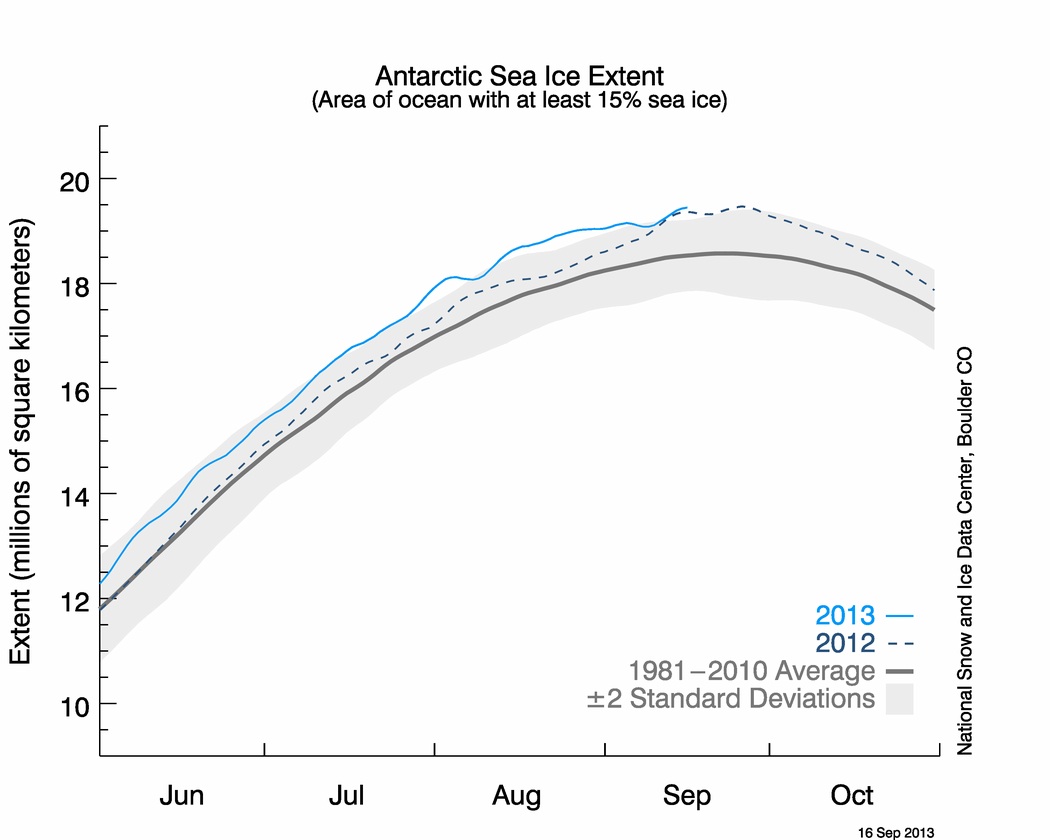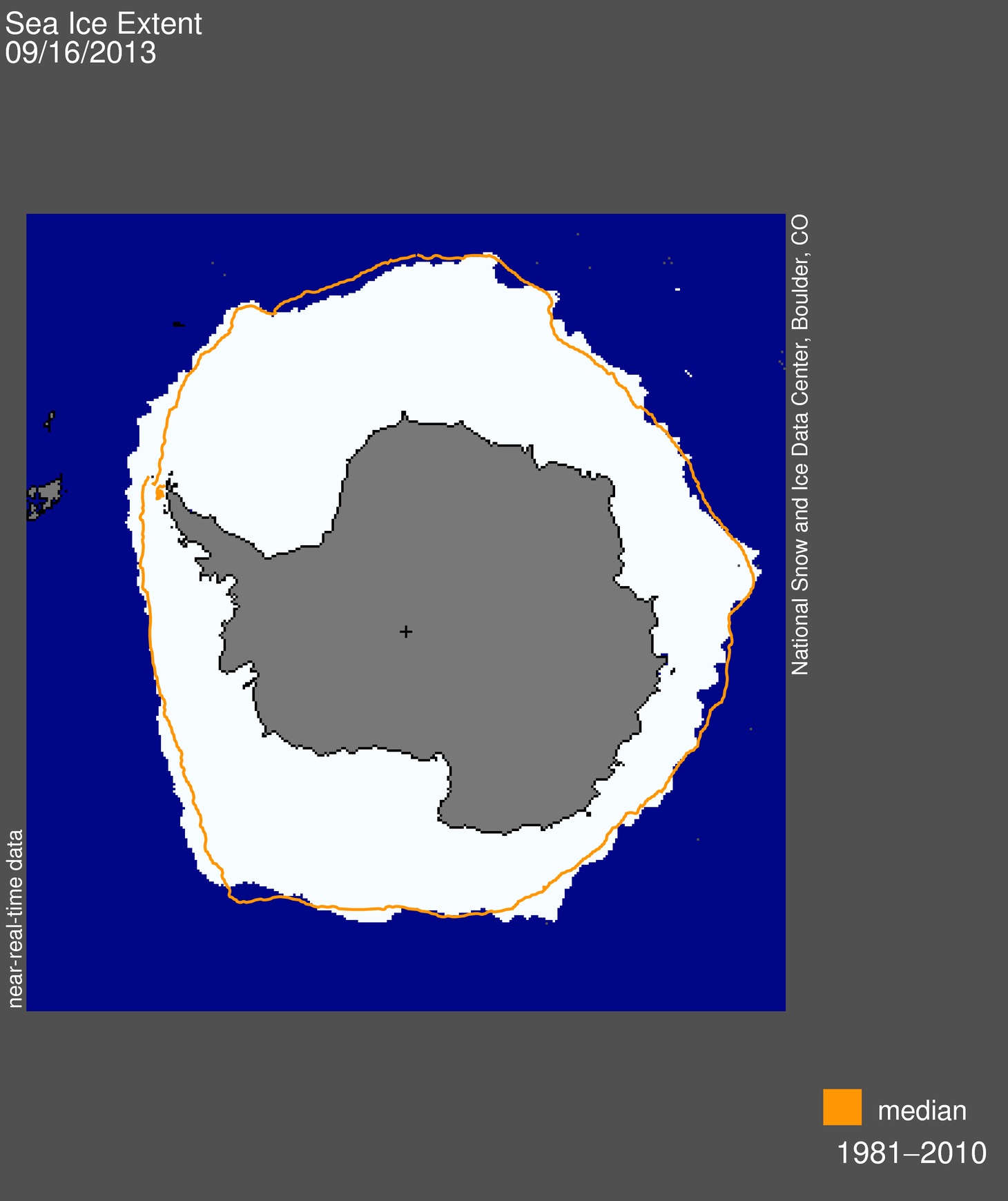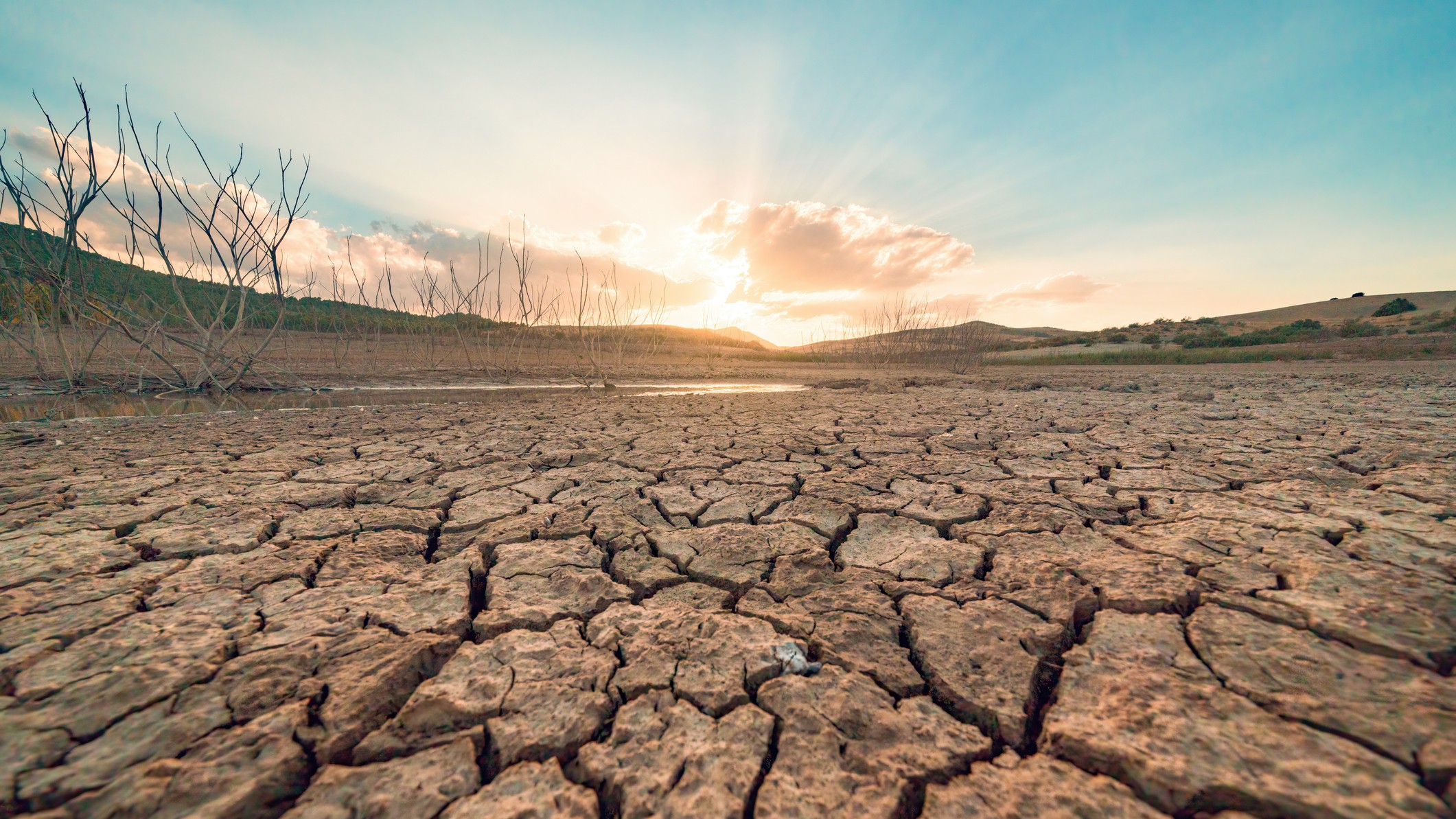Antarctica Sea Ice Hitting Record Highs


Sea ice surrounding Antarctica hit a record high in August and is on track for another record-breaking month in September. Clocking in at a stunning 7.2 million square miles (18.7 million square kilometers), last month's sea ice extent was 4.5 percent above the 1981 to 2010 average and the largest extent since record-keeping started in 1979, according to data released today from the National Oceanic and Atmospheric Administration in its monthly State of the Climate Report.
September marks the end of Antarctica's winter, and daily sea ice reports posted online at the National Snow & Ice Data Center (NSIDC) in Boulder, Colo., suggest the growing ice pack has already smashed the all-time record ice extent set in September 2012. This year's massive sea ice reached 7.53 million square miles (19.51 million square km) on Sept. 14, 2013, the NSIDC reports. The old record was 7.51 million square miles (19.44) million square km. The data is preliminary and the NSIDC website came back online yesterday (Sept. 16) after a three-day shutdown due to the Colorado flooding disaster.
The record sea ice doesn't contradict global warming. Because Antarctic sea ice encircles a frozen continent, the factors controlling its growth are complex, and include winds, warming air temperatures and even the ozone hole. Wind plays a greater role the size of the ice pack than air temperature or ocean currents, according to a study published in the Nov. 11, 2012, issue of the journal Nature Geoscience. The fierce circumpolar winds carry frigid air from the continent to the sea, freezing the ocean's surface and pushing the ice around. The August ice surge was likely due to weather patterns that favored more ice, the Antarctic Sun reported.
Email Becky Oskin or follow her @beckyoskin. Follow us @livescience, Facebook & Google+.
Get the world’s most fascinating discoveries delivered straight to your inbox.




